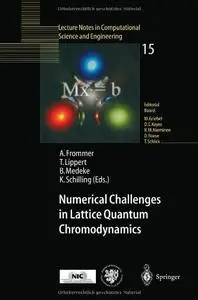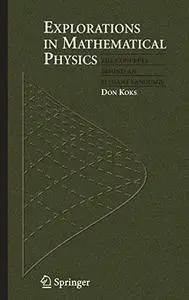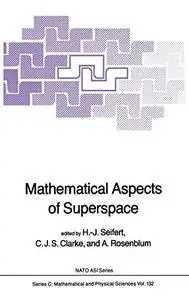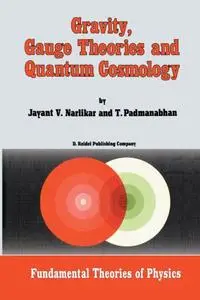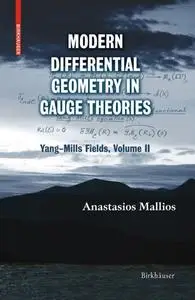Numerical Challenges in Lattice Quantum Chromodynamics: Joint Interdisciplinary Workshop of John von Neumann Institute for Computing, Jülich, and Institute of Applied Computer Science, Wuppertal University, August 1999 by Andreas Frommer, Thomas Lippert, Björn Medeke, Klaus Schilling
English | PDF | 2000 | 197 Pages | ISBN : 3540677321 | 24.6 MB
Lattice gauge theory is a fairly young research area in Theoretical Particle Physics. It is of great promise as it offers the framework for an ab-initio treatment of the nonperturbative features of strong interactions. Ever since its adolescence the simulation of quantum chromodynamics has attracted the interest of numerical analysts and there is growing interdisciplinary engage ment between theoretical physicists and applied mathematicians to meet the grand challenges of this approach. This volume contains contributions of the interdisciplinary workshop "Nu merical Challenges in Lattice Quantum Chromo dynamics" that the Institute of Applied Computer Science (IAI) at Wuppertal University together with the Von-Neumann-Institute-for-Computing (NIC) organized in August 1999. The purpose of the workshop was to offer a platform for the exchange of key ideas between lattice QCD and numerical analysis communities. In this spirit leading experts from both fields have put emphasis to transcend the barriers between the disciplines. The meetings was focused on the following numerical bottleneck problems: A standard topic from the infancy of lattice QCD is the computation of Green's functions, the inverse of the Dirac operator. One has to solve huge sparse linear systems in the limit of small quark masses, corresponding to high condition numbers of the Dirac matrix. Closely related is the determination of flavor-singlet observables which came into focus during the last years.


